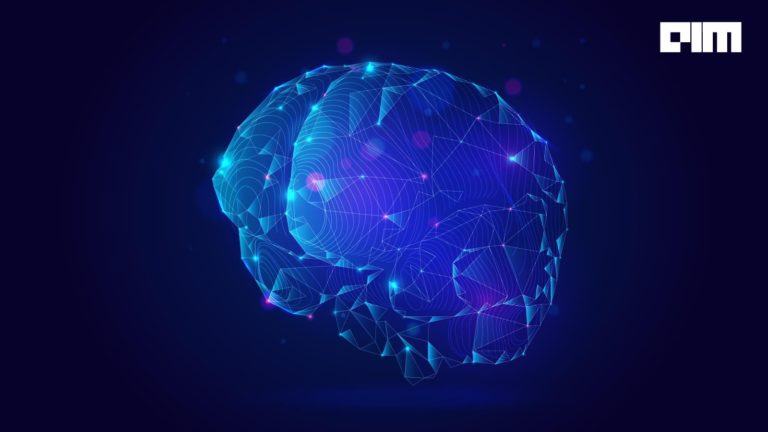Even though the use of AI in weather forecasting is not widely adopted, it has gained traction in the recent years. According to many media reports, The India Meteorological Department (IMD) is aiming at utilising artificial intelligence in weather forecasting. Various tools can be used like radars and satellite footage for in-depth analysis and prediction of weather events based on AI modelling.
The use of AI here is particularly focused on issuing nowcasts, which can help in almost real time (3-6 hours) prediction of drastic weather episodes, the Director-General Mrutunjay Mohapatra stated last week. IMD may also conduct collaborative research on use of AI for weather forecasting along with other institutions in India. Thus, IMD has invited research firms to evaluate how AI be of value to enhance weather forecasting and even the Ministry of Earth Sciences is looking into its use in various weather-related projects.
Weather forecasting has typically been done by physical models of the atmosphere, which are uncertain to perturbations, and therefore are erroneous for big periods of time. Since machine learning methods are more robust against perturbations, researchers have been investigating their application in weather forecasting to produce more precise weather predictions for substantial periods of time.
For example, take a look at “Machine Learning for Precipitation Nowcasting from Radar Images,” where Google presented new research into the development of machine learning models for precipitation forecasting that addresses this challenge by making highly localised “physics-free” predictions that apply to the immediate future.
“Artificial intelligence helps in understanding past weather models and this can make decision-making faster,” Mohapatra told PTI.
The predictions of extreme weather phenomenon can be of tremendous value in minimising the damage caused, and plan ahead to prevent casualties. Here, the role of IMD is critical in planning against weather-relayed catastrophic events like floods, thunderstorms.
Why Use ML For Weather Forecasting?
A big advantage of machine learning is that inference is computationally inexpensive provided an already-trained model, enabling forecasts that are almost immediate and in the native high resolution of the input data.
Weather departments around the globe have comprehensive monitoring capabilities. For example, Doppler radar gauges precipitation in real-time, weather satellites furnish multispectral imaging, ground stations estimate wind and precipitation, etc. All of this is very value and using AI models better forecasting can be made versus traditional techniques. Of course, this would need more training and hiring of experts in the field of data science and machine learning, which currently lags in many institutions.
In the US, remote sensing data obtained by the National Oceanic and Atmospheric Administration (NOAA) is now attaining 100 terabytes per day. NOAA utilises this data to provide the huge weather forecasting engines that operate on supercomputers to give 1- to 10-day global forecasts.


















































































